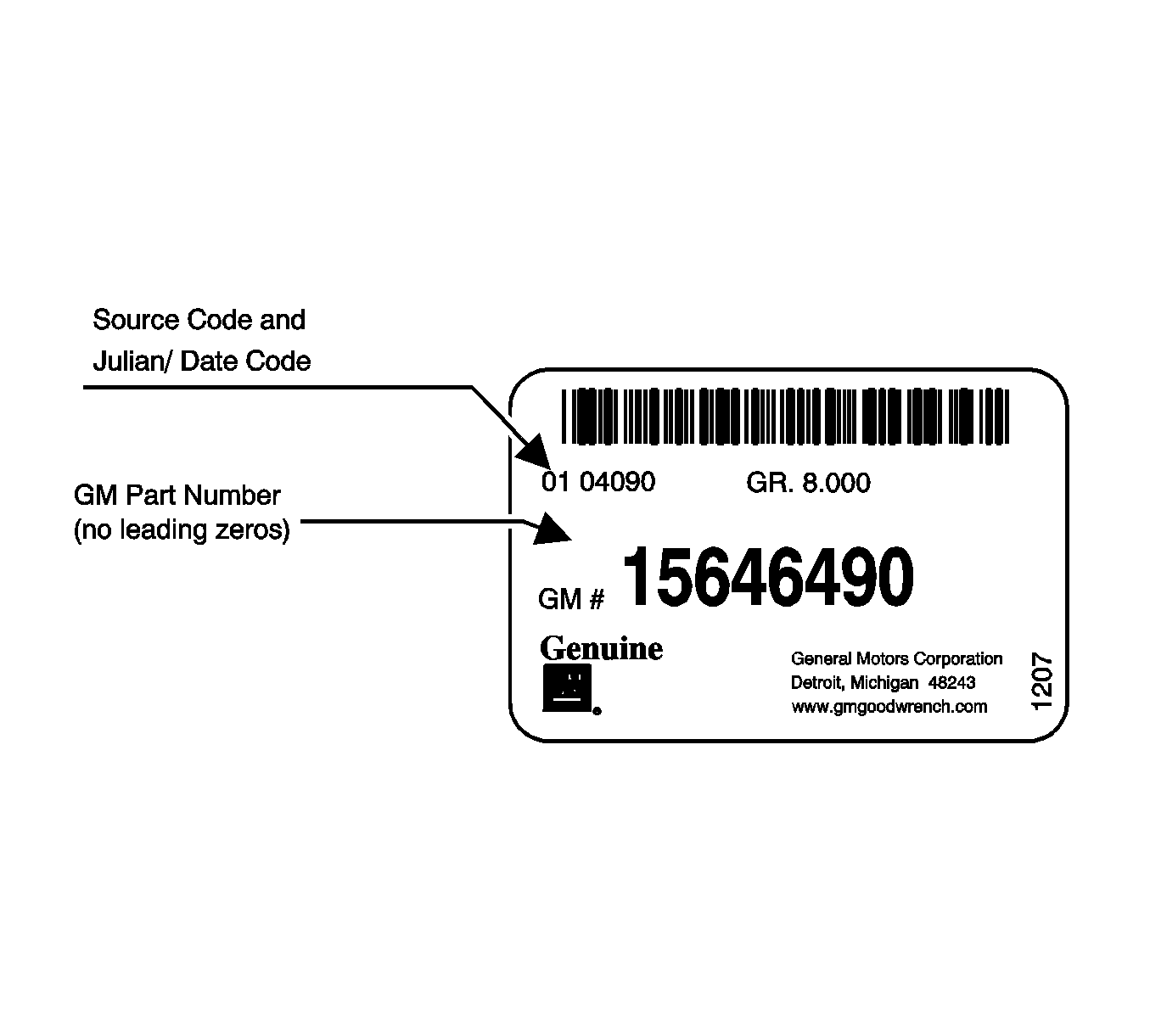Info - Repair Procedure for Service Sheet Metal, Craters in ELPO Surface

| Subject: | Repair Procedure for Service Sheet Metal -- Craters in ELPO Surface |
| Models: | 2005 and Prior General Motors Passenger Cars and Trucks |
Some service sheet metal panels processed through Flint Plant #1 may have surface imperfections (Craters) in the anti-corrosion (ELPO) coating.
This condition is due to OIL contamination of the dip tanks in the processing center, and NOT DUE TO SILICONE contamination.
Important: This condition has been corrected at the processing plant, and existing stock has been reviewed to minimize the shipment of parts with this condition. Because the condition is recognized immediately upon painting, and due to the rate in which inventory is turned, reimbursement to correct this condition will remain in effect until November 30, 2004.

This procedure covers the repair of the Exterior Panels that may be subject to this condition and have the Julian Dates between 078 and 164, processed at Flint Plant #1. Refer to the graphic above to help identify if the panel is eligible for reimbursement for repair.
General Motors will compensate the repair facility/purchaser of the material to repair the surface using the repair procedure included in this document. The repair facility/purchaser must submit a claim to the selling GM Dealer and provide the necessary documentation of the part purchase and surface condition (see Warranty Information section of this bulletin). When the required documentation is provided, the GM Dealer will reimburse the repair facility/purchaser.
Repair Procedure
If this condition is seen on the subject panels, the surface needs to be sanded and re-primed using the following procedure. This is a general procedure and may vary due to the paint manufacturer's materials being used at the specific repair location.
Refer to the GM Approved Refinish Materials manual (P/N GM4901M-D2004) for your material selection. A downloadable .pdf is also available at the GM web site address www.gmgoodwrench.com. Click on Collision Parts, then Technical Repair information and then on the Paint Shop tab.
- Clean the surface of the sheet metal with a wax and grease remover.
- Sand the ELPO layer using P150 grit sandpaper or finer, being careful to remove the craters while leaving as much of the ELPO as possible to maintain corrosion protection.
- Clean the surface with a wax and grease remover.
- Finish sand the surface to prepare for topcoat using a P500 grit sandpaper or finer.
- Apply topcoats as required in the usual manner.
Warranty Information
For sheet metal repaired under the terms of the warranty:
The following information must be entered in the Comments field of the claim, separated by commas (,).
| • | Part number of the replaced panel. |
| • | Plant processing number and date code of the part. |
| • | Selling invoice number from the dealer. |
| • | The repair order number of the repair shop making the claim. |
Important: The VIN for the vehicle being repaired MUST be included in the VIN field of the claim submission.
REPAIR PERFORMED | PART NUMBER | CC-FC | LABOR OPERATION | * LABOR HOURS | NET ITEM | ** CLAIM TYPE | Comments |
|---|---|---|---|---|---|---|---|
Inspect & Repair Fenders and Quarter Panels | N/A | VS-5N | A9901 | 0.2 hr | 39.00 | B | See Above |
Inspect & Repair Door and Deck Lid Panels | N/A | VS-5N | A9902 | 0.2 hr | 52.00 | B | See Above |
Inspect & Repair Pickup Box Side, Hood and Roof Panels | N/A | VS-5N | A9903 | 0.2 hr | 77.50 | B | See Above |
* = 0.2 labor hours for administrative allowance should be submitted under Regular Labor Hours
** = For vehicles within the bumper-to-bumper warranty coverage, submit as a blank claim type
The compensation allowances are combined as a single dollar factor and include the labor time to clean and repair the surface AND the materials (cleaning fluids, discs, tack rags, and primers) associated as indicated in the procedures outlined previously in this document. The subject parts are "grouped" due to variations in size and surface configurations combined with administrative difficulties associated with processing by specific part numbers.
